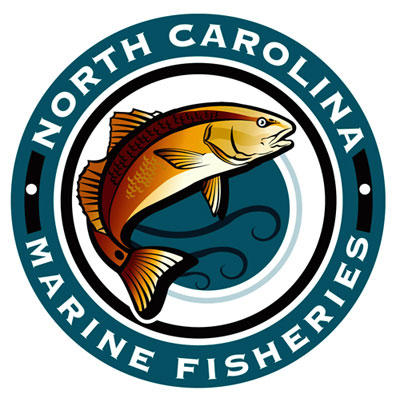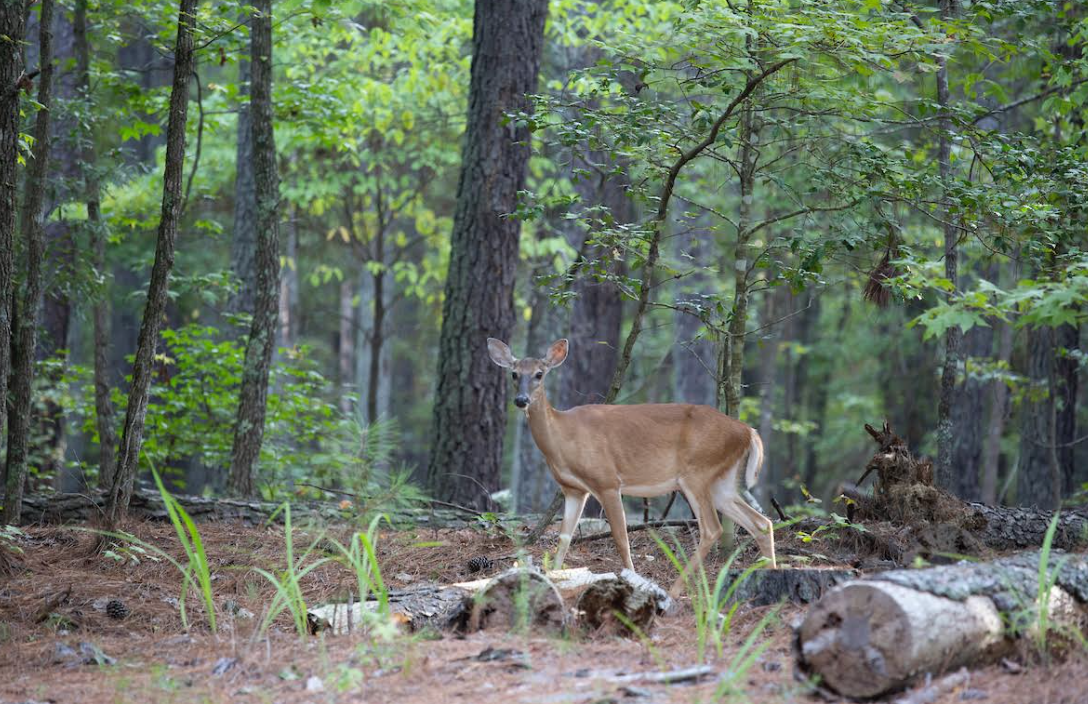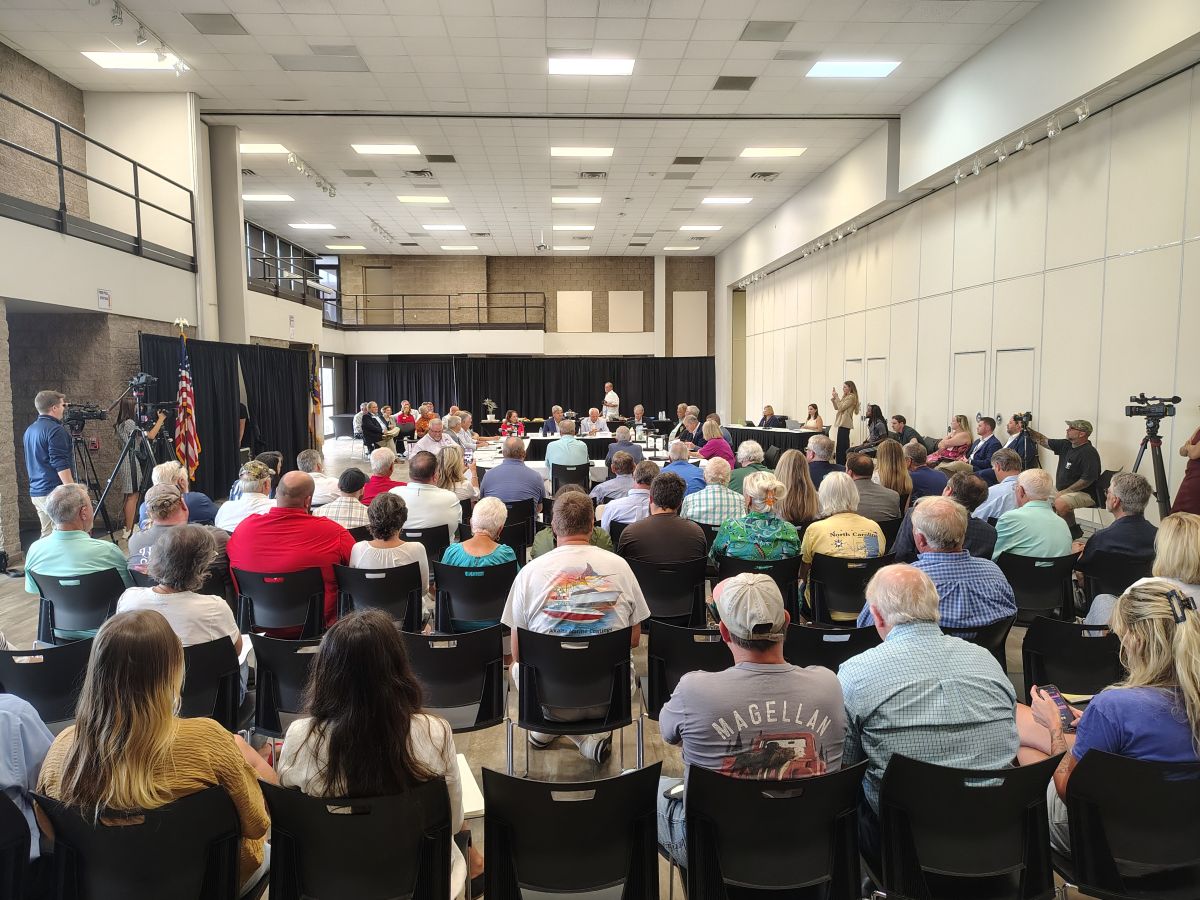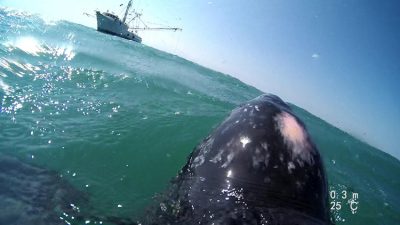
BEAUFORT — National Oceanic and Atmospheric Administration Fisheries researchers and colleagues captured and tagged 13 leatherback turtles last month off the coast of Beaufort, where the turtles aggregate during northward spring migration, the agency announced Tuesday.
The team’s May 14-22 field operation included turtle researchers Heather Haas and Eric Matzen from the Northeast Fisheries Science Center’s Woods Hole Laboratory, who brought the Woods Hole Laboratory’s research vessel Selkie and an inflatable Takacat raft to provide field support. NOAA Fisheries Southeast staffers, including team leader Chris Sasso, Larisa Avens, Annie Gorgone, Blake Price, Jamie Clark and Joanne McNeil joined in the project.
Supporter Spotlight
“We chose this location because of the relatively easy access to turtles and because they disperse widely after tagging, but it isn’t easy to get a leatherback weighing several hundred pounds onboard for all the sampling that needs to be done,” Haas, whose role was to drive the Selkie while Matzen assisted in leatherback captures, said in a statement. “We started a week later this year than last, which turned out to be a good decision as cannonball jellies, a major prey, were present and leatherbacks were in full force by the time we arrived. Despite a long stretch of windy weather, the experienced capture crew was able to surpass the seven tags we deployed last year, deploying 13 satellite tags and three suction-cup tags.”
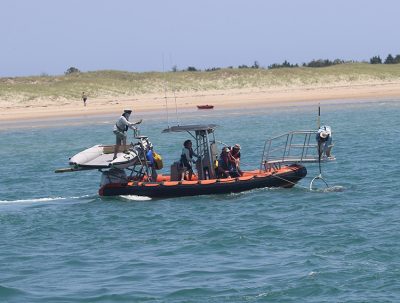
Dr. Craig Harms from North Carolina State University College of Veterinary Medicine led the team of veterinarians that assessed the turtles health status. Samir Patel and colleagues from Coonamessett Farm Foundation brought suction cup tags for testing that record high-resolution video as well as environmental and movement information. Matthew Godfrey of the North Carolina Wildlife Resources Commission, who assisted in the field work, coordinated the research.
The two-part field program used satellite tagging and two types of suction-cup tags, a homemade tag with a high-resolution video camera that recorded temperature, depth and GPS location placed by hand on a free-swimming leatherback, and a more sophisticated suction-cup tag that underwent its first field testing. Two juveniles, 10 females and one male were satellite tagged.
Transmissions from the satellite tags showed that most of the turtles had moved north of their tagging location, while a few moved slightly south.
“The video from our homemade suction-cup tag shed some new light on the association between leatherbacks and cobia, which fishermen have reported,” said Haas. “The video showed a cobia swimming out in front of the tagged leatherback. When the turtle went up to breathe, the cobia led the way up. When the turtle went down, the cobia led the way. I’m presuming that the cobia was sensing and responding to some sort of bow wave from the leatherback.”
Supporter Spotlight
Researchers were continuing a 2017 project to assess the abundance, movements, behavior and health status of leatherback turtles as part of the multi-federal agency research and monitoring program, Atlantic Marine Assessment Program for Protected Species. The program includes the Bureau of Ocean Energy Management, the Navy, U.S. Fish and Wildlife Service and NOAA Fisheries. The program collects data on protected species in the Atlantic Ocean to understand the potential effects of ocean energy development on these species relative to long-term climatic changes in the environment.




